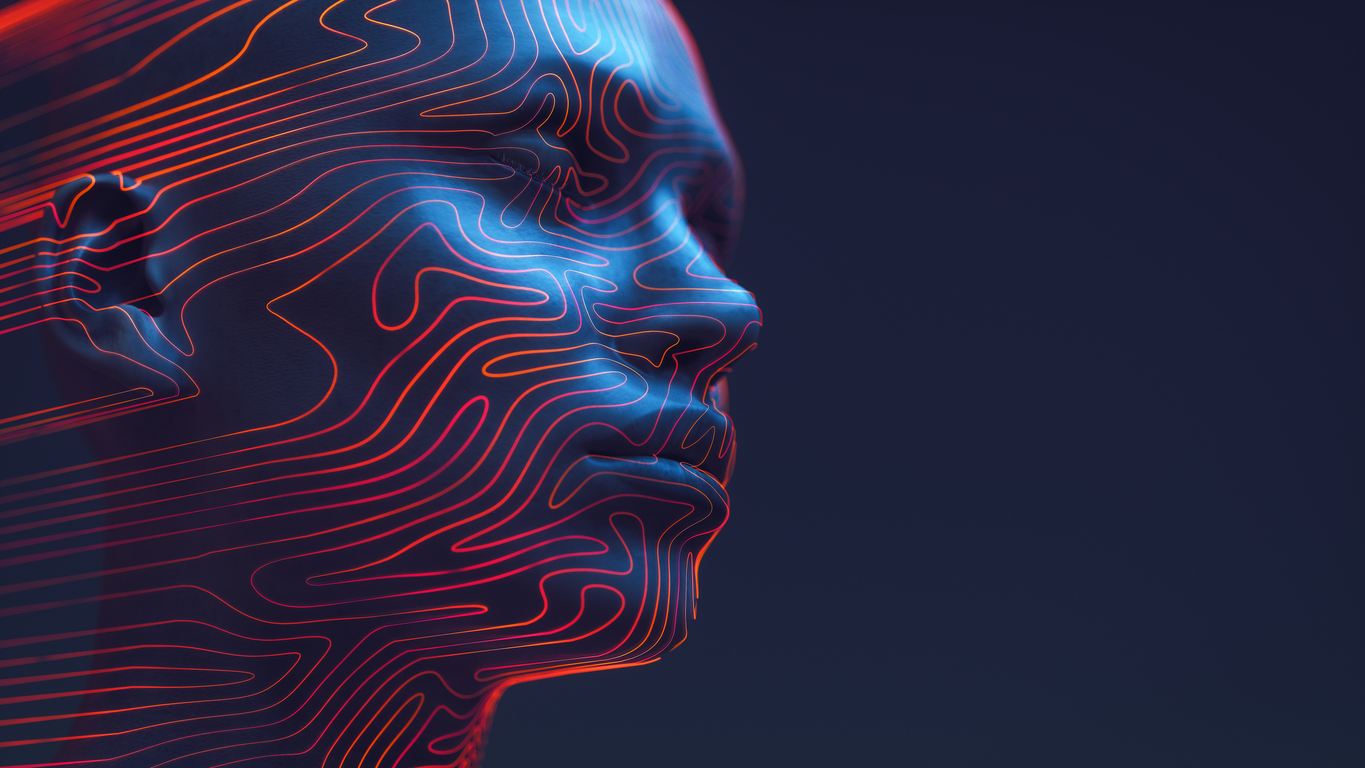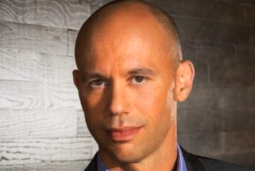5 new AI roles for PR pros
AI is expanding options for PR pros.

Jennifer Jones-Mitchell offers team trainings and AI consulting through Human Driven AI.
AI won’t take your job. Someone who knows how to use AI will. This is how I begin my AI trainings and consulting sessions. And it is true. If you aren’t upskilling in generative AI, you will fall behind. But there is an even more compelling trend when it comes to AI and jobs: new employment opportunities for PR professionals. Yes, you read that right. For all the talk about AI taking jobs, it is also creating new ones. Here are the five new AI roles for PR pros:
- AI Trainer. This can cover two areas: training people to use AI ethically and effectively and/or training the actual AI models. I have a colleague who has twenty-five years of corporate communications experience. She no longer works in PR. She’s now employed by the world’s largest tech company, teaching their AI models to communicate like humans.
As companies and agencies continue to develop custom LLMs, or AI Agents, they need to teach these models to communicate with employees, customers and all stakeholders effectively. The more human-like AI behaves, the better the models perform overall.
Requirements: In addition to knowing how to structure training data for AI systems, this role requires an understanding of brand messaging, offerings, customer personas, and their needs, so the AI engages stakeholders with on-brand communication. In other words, it is the perfect position for an experienced PR professional. I expect we will see many folks pivoting to this kind of role.
- Prompt Engineer. As prompting becomes increasingly more complex, this is a critical position for PR pros. In fact, the job itself is a natural progression for many of us. Most people write a single prompt and run with that output. But when you understand how to talk to AI models, you can create multi-step prompt sequences that achieve multi-step tasks. You can even train AI models to remember these sequences so other team members can run them when needed.
Requirements: While this role requires an understanding of how to talk to Generative AI, I predict a need for vertically aligned prompt engineers. The prompts you create for highly regulated industries like healthcare, banking and insurance differ significantly from the prompts you’d create for a CPG brand versus a B2B brand and so on. There is a need for experts who understand specific vertical markets and can craft compelling prompts that serve those markets.
In fact, PR agencies should plan to have prompt engineers on staff by 2025. This will be critical to keep pace with this evolving technology while ensuring agency teams utilize Generative AI ethically and effectively.
- Generative Design Specialists. This position is like a prompt engineer but focuses on visual design. I’ve seen this role gain popularity across fields like architecture, product design and engineering.
Requirements: The way in which you instruct image generators differs from the way you instruct text generators. Understanding these differences is critical for design-focused professionals. Similarly, there is an increasing need for a category-specific understanding of how to direct Generative AI to achieve common design tasks, including complex prompt sequences. Because Generative AI can be used to create limitless design variations, experts are needed to develop the precise prompts and refine outputs to achieve optimal designs based on the categories they serve.
- Input/Output Managers. This role is one level up from a prompt engineer and it’s more of a strategic position that oversees the information your teams are uploading into AI models and the quality of the outputs the models deliver.
As companies and agencies continue to grapple with considerations around data privacy, copyright, AI explainability and bias, this quality control position ensures employees adhere to policies and guidelines. This position should be prepared to audit all forms of content – including written articles, visual designs, and analysis reports. Human reviewers are critical assess the quality, accuracy, and appropriateness of content. So, while we will undoubtedly see Generative AI used to create more content, we still need humans to ensure that content is fit for the intended purpose.
Requirements: The position requires someone with a real attention for detail and an ability to translate business requirements into technical specifications. The best candidates possess excellent written and verbal communication skills and have experience creating documentation and user guides, making this a terrific role for PR professionals. The role would conduct tasks like random spot-checks on what teams are inputting into AI – including the prompts they’re using, and to ensure they aren’t sharing proprietary IP with AI systems. The position also reviews AI-generated outputs to ensure consistent and effective human review and revision. In other words, they make sure AI creates the first draft, not the final draft.
- AI Personality Designer. This fun role will be in-demand in 2025. As more companies release new Generative AI models and brands create custom LLMs, it will be increasingly necessary for differentiation.
Professionals will teach AI models to possess distinct personalities that separate them from the competition. This could be an LLM with a sarcastic sense of humor, or one that offers motherly guidance, or an LLM that understands how to connect with the LGBTQ community. We’ve already seen similar examples of this. Last year, Latimer.ai hit the scene, an LLM trained exclusively on content from the HBCUs to help brands connect more authentically to people of color.
As the market floods with different AI models, differentiation through unique personalities will be key. And there is no one better to train these models than PR professionals who already know how to write, speak and create in the distinct voices and personalities of various brands.
The bottom line is this: AI is changing not only the way we do our work, but the work we do. Generative AI delivers opportunities for PR professionals to automate common tasks, augment skills gaps, drive personalization at scale and enhance audience engagement. But AI is just a tool. It still requires humans to drive it. And humans are creating new jobs to do just that.







Really insightful and interesting things to think about transitioning into! Thanks for writing